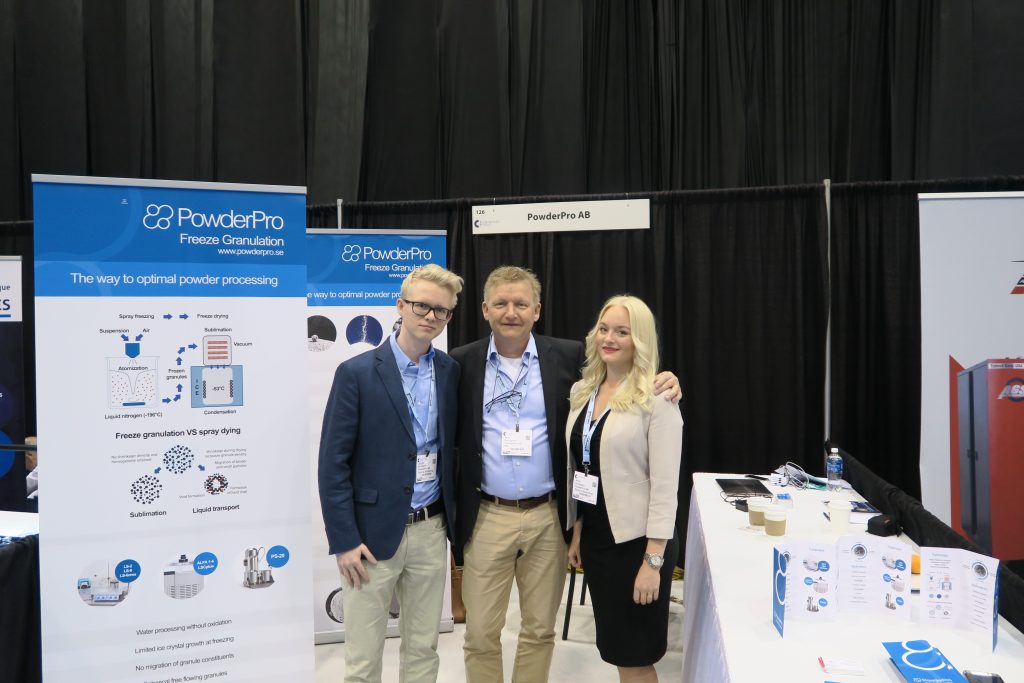Effect of the solvent composition and annealing process on the preparation of spray freeze-dried acetaminophen powder
Jae-Young Her, Kwang-Geun Lee
Abstract
The analgesic and physical properties of acetaminophen powder suitable as an inhaled drug produced by spray freeze-drying (SFD) were compared with those of raw acetaminophen. A laser particle size analyzer and scanning electron microscopy (SEM) were applied to estimate physical structure and properties of the particles. A cyclooxygenase (COX) inhibitor screening assay was used to compare the antipyretic and analgesic activity of raw and SFD acetaminophen. According to SEM, SFD acetaminophen particles had various shapes and sizes with porous structures. The optimized conditions for solvent, annealing temperature, and annealing time were water/ethanol mixture (60% water and 40% ethanol), −40°C, and 7 h, respectively. The diameter of optimized acetaminophen powder was 7.33 µm, and the aerodynamic particle size was 3.38 µm. The antipyretic and analgesic activities of acetaminophen after SFD were from 84.3 to 97.1% for COX-1 and from 91.6 to 102.9% for COX-2 compared to those of raw acetaminophen, respectively.
Keywords
Acetaminophen, inhaled drug, optimized solvent, powder process, spray freeze-drying


